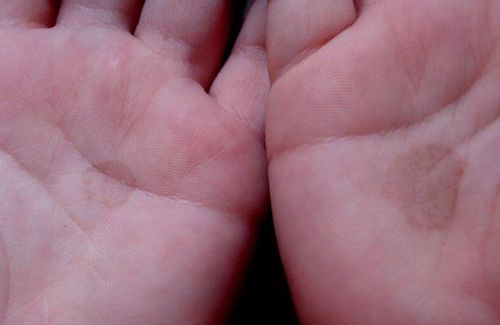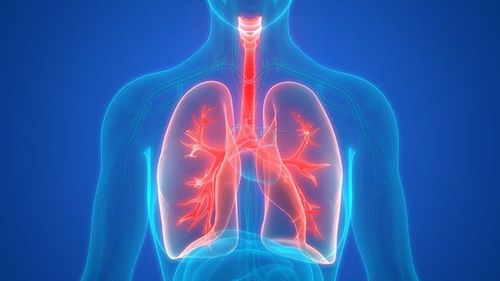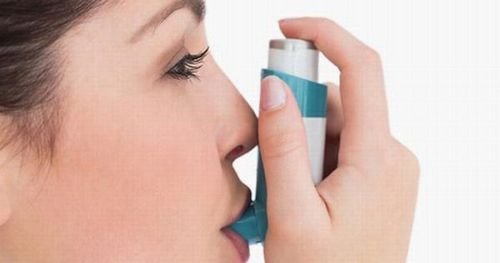This is an automatically translated article.
Air humidifier helps to reduce problems caused by dry air such as sinusitis, chapped lips, nosebleeds. In addition, a humidifier can also help reduce symptoms of colds and other respiratory illnesses.
However, despite their many benefits, humidifiers can adversely affect the health of their users if they are not properly maintained or humidity levels are maintained too high. Users should pay attention to regularly measure the humidity of the air and keep the machine clean. A dirty humidifier can breed a lot of fungi and bacteria. People with a history of allergies or asthma should consult their doctor before starting to use an air humidifier.
1. What is an air humidifier?
A humidifier is a device that emits water or steam to increase the humidity in the air. There are many different types of machines on the market such as:
Central air humidifiers are assembled inside the air conditioning and heating system to regulate the humidity of the whole building.
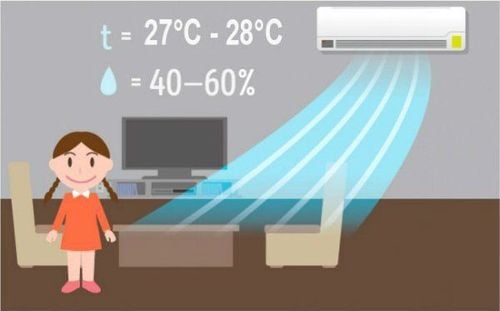
Hệ thống điều hòa không khí tích hợp chế độ tạo ẩm
Acoustic waveform air humidifier sprays cool water by sound wave mechanism. The ultrasonic humidifier creates a cool mist with ultrasonic vibration. The vane humidifier creates a cool mist with a rotating disc. The evaporator uses a fan to blow air through a filter or humidification belt. Steam humidifiers use electricity to create steam that is cooled before it leaves the machine. Avoid choosing this type of humidifier if you have small children; Hot water inside this humidifier can cause burns if spilled.
2. What is the ideal humidity?
Humidity is the amount of water inside the air. Humidity varies by season, weather and geographical location. In general, the humidity in the air is higher in the summer and lower in the winter months. The ideal indoor air humidity should range from 30% to 50%.
Humidity too low or too high can affect your health. Low air humidity can dry out the skin, irritate the respiratory tract and throat, and cause dry and itchy eyes. High humidity can make a home suffocating, and can cause stagnation on walls, floors, and other surfaces, allowing a variety of bacteria and mold to grow. These allergens are responsible for many respiratory diseases, allergic conditions, and acute asthma attacks.

Độ ẩm không khí lý tưởng trong nhà nên dao động từ 30% đến 50%
3. How to measure air humidity
The best way to check indoor air humidity is to use a hygrometer or hygrometer. This device looks similar to a thermometer, used to measure the amount of moisture in the air. When buying an air humidifier, you should choose one that has a built-in hygrometer so that users can recognize and adjust the amount of humidity within the normal range.
4. Air humidifier for people with asthma and allergies
If the user or family members have asthma or allergies, consult a doctor before using the humidifier. High humidity can aid breathing in adults and children with asthma or allergies, especially during an episode of respiratory infections such as flu or cold. But dirt, bacteria and fungi that grow in high humidity conditions can worsen symptoms of asthma and allergies.

Gia đình có người bị hen phế quản
5. Handling when the air is too humid
When the air humidity is too high, usually during the summer months, many health problems can occur. Therefore, it is necessary to reduce the humidity in the air by the following ways:
Using an air conditioner: an air conditioner dries the air, keeping the indoor air humidity at an appropriate level beneficial to health. . Refer to the article: Things to remember when using air conditioners for babies
Using a dehumidifier: this device collects excess water in the air, thereby reducing air humidity. A dehumidifier works similarly to an air conditioner, but without a cooling unit. Dehumidifiers are often used to dry damp basements.
6. How harmful is a dirty air humidifier?
The tank and filter of the air humidifier are dirty, which is a favorable environment for bacteria and mold to multiply and grow. Unhygienic humidifiers are a serious problem for asthma and allergy sufferers, but humidifiers can also be a potential risk factor for the onset of flu-like symptoms or pneumonia. in healthy people if dirt and allergens get into the air.
Refer to more harmful effects of mold on health through the following article: How does mold affect health?
In order to reduce the risk of harm to consumers' health caused by a dirty humidifier, users need to follow the manufacturer's instructions for use and can refer to the following tips:
Use Use demineralized or distilled water: Mineral water can settle inside the humidifier and encourage bacterial growth. When released into the air, these minerals often take the form of white dust particles on household items. Users can completely inhale these dust particles into the respiratory tract. Demineralized and distilled water have less minerals, reducing the risk of harm to health. Change the humidifier water regularly: do not allow substances to settle and develop inside the humidifier. Empty the tanks, rinse and refill them with clean water every day, especially with a cold or sonic humidifier. Clean the humidifier every 3 days: disassemble the machine before cleaning. Wash off deposits from the tank and other parts of the blood with 3% hydrogen peroxide solution or other bleach solutions according to the manufacturer's instructions. Always rinse the tank after cleaning.
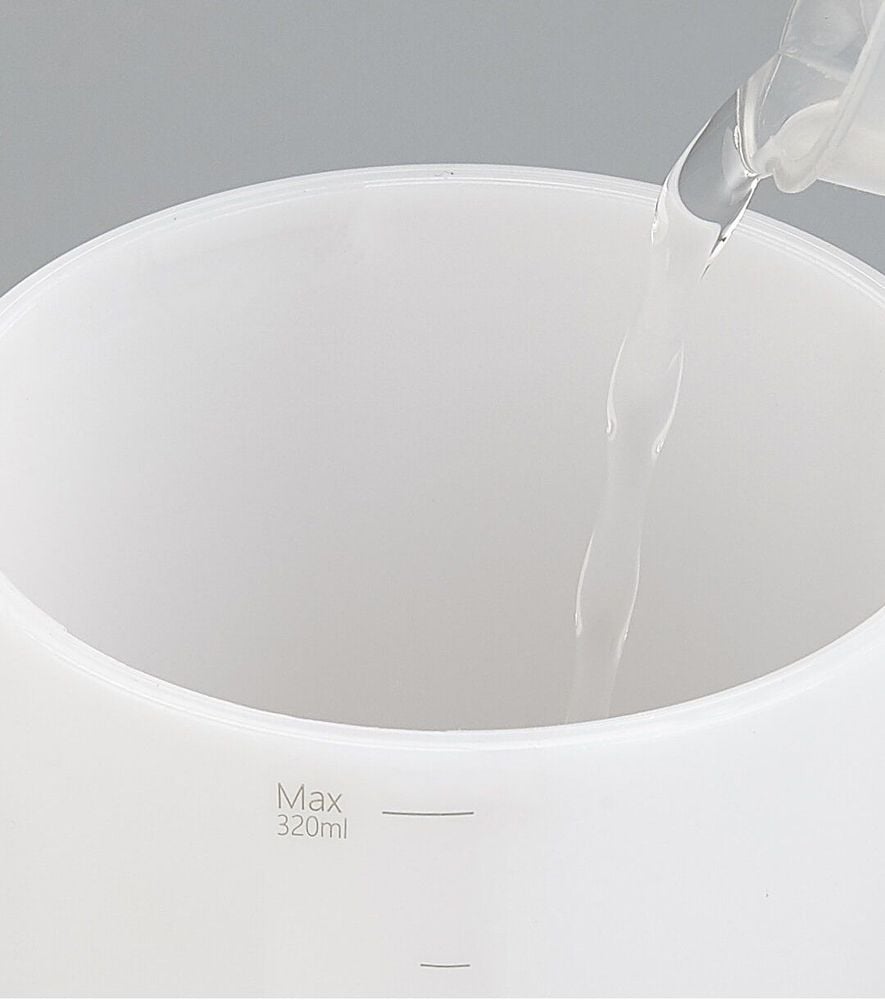
Sử dụng nước khử khoáng hoặc nước cất để tạo độ ẩm
Change the filter of the humidifier regularly: if the humidifier has a filter, it should be replaced according to the manufacturer's instructions for use or when dirty. Replace the filter of the humidifier with the filter of the air conditioner and central heating system. Keep the area around the humidifier dry: if the area around the humidifier such as windows, curtains, drawers becomes wet, you need to lower the humidity level of the machine to a lower level than normally used. Clean the humidifier before storing: when it is no longer needed, it is necessary to clean the machine, remove excess water in the storage tanks, dry it before storing. Consider replacing old humidifiers: over time, the inside of humidifiers can deposit a lot of deposits that are difficult or impossible to clean. This is a favorable environment for bacteria to grow. Therefore, it is necessary to consider replacing the air humidifier if there is a need to continue using it. Reference source: mayoclinic.org
MORE:
Mold allergy: Symptoms, diagnosis and treatment Moisturizing for people with atopic dermatitis Pay attention to moisturizing when caring for skin in children with atopic dermatitis





